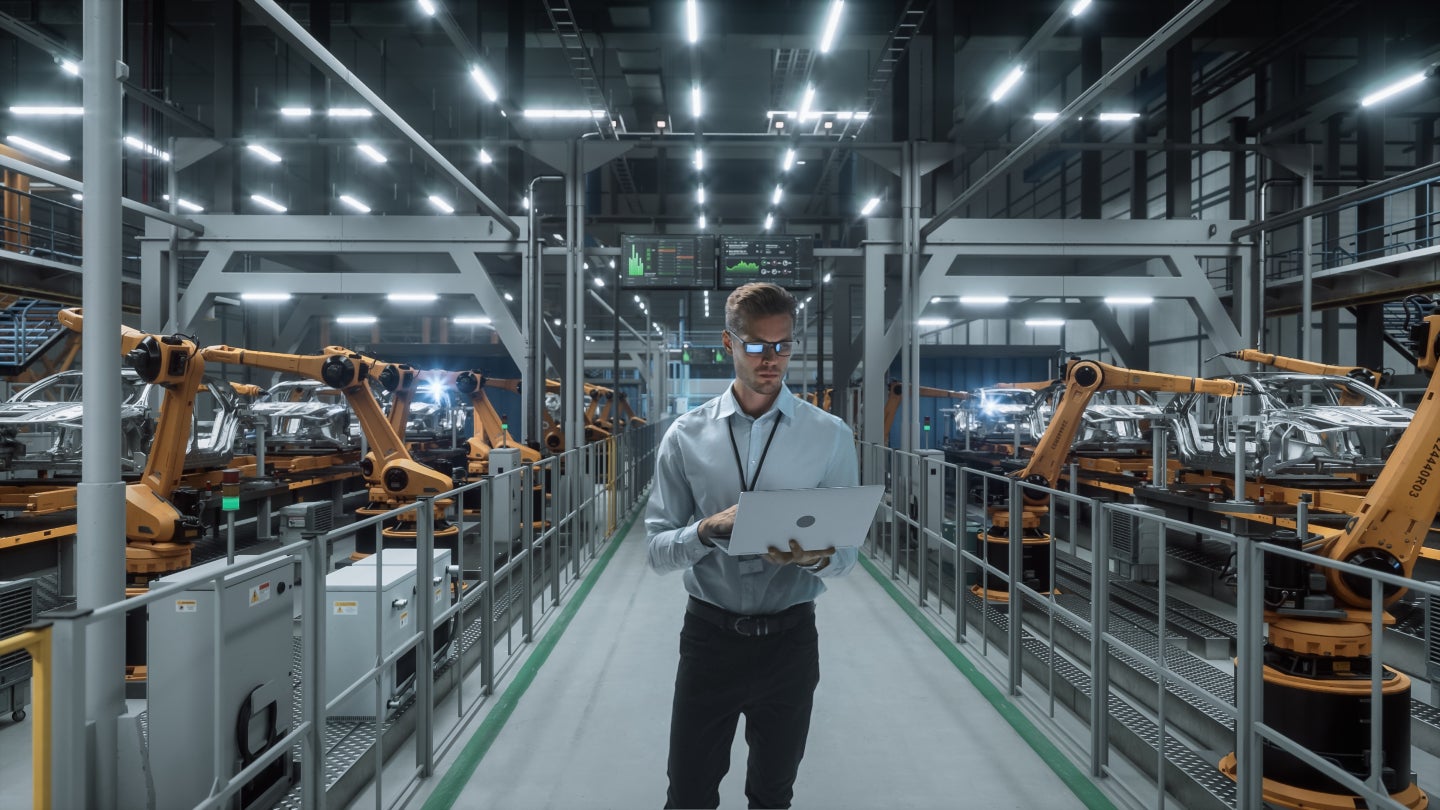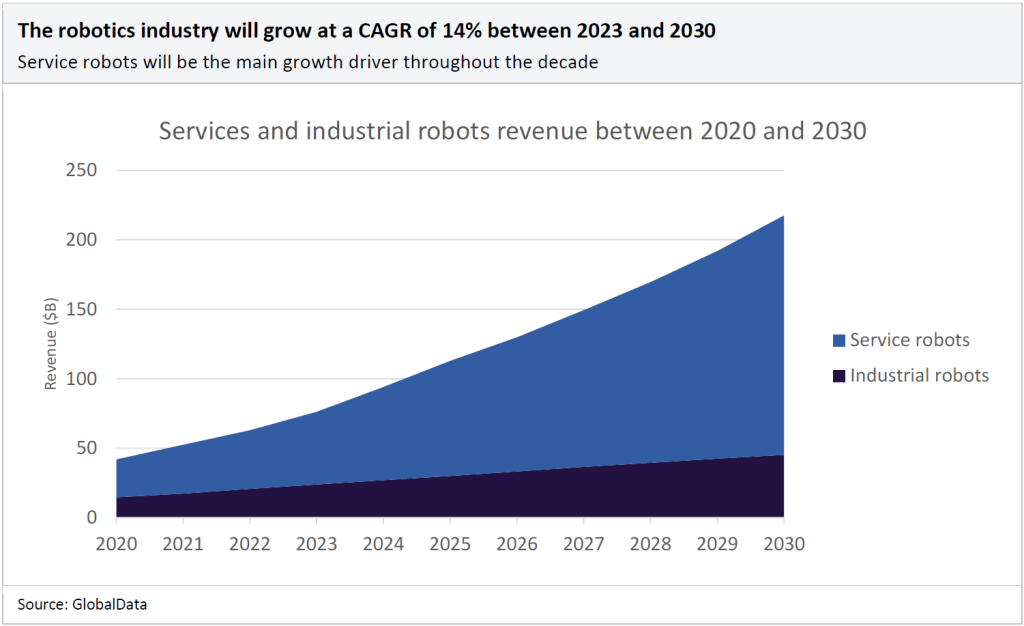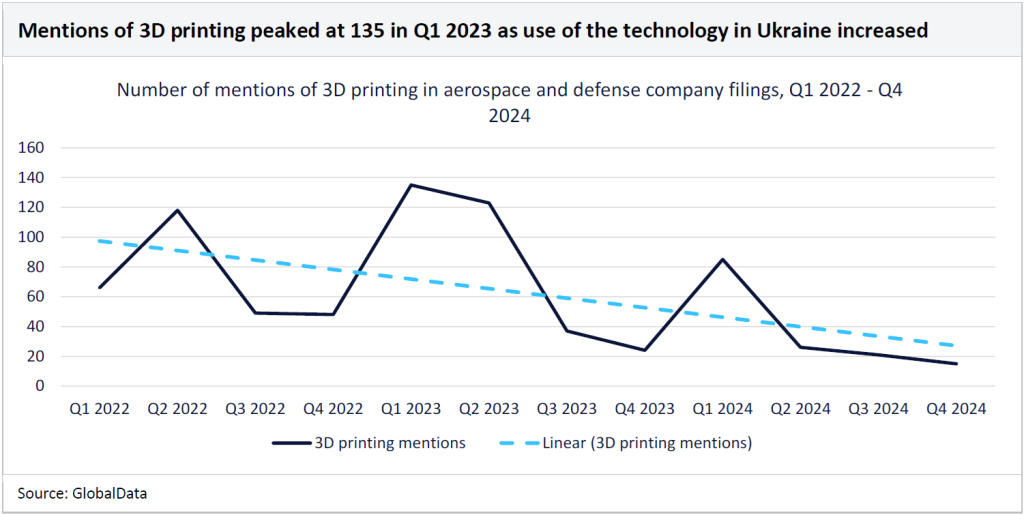Automation reshaping offices and factories across sectors—analysis

Automation is reshaping offices and factories and changing the nature of work across sectors, a series of reports show.
In addition, the technology itself is evolving, with robotic process automation (RPA) having evolved into intelligent automation, combining AI and other technologies with RPA to automate more complex business processes. In its overarching Future of Work report, GlobalData states that this progression is crucial in understanding how automation technologies can evolve to meet increasingly complex business needs.

The report says: “With workforces worldwide ageing, robots will perform more and more tasks in warehouses, hospitals and retail stores, leading to a rebalancing of work between humans and machines. At the same time, the growing power of software has brought automation to the office, with automation of specific business processes already replacing aspects of existing jobs.”
Download sample pages of selected reports
Explore a selection of report samples we have handpicked for you. Get a preview of the insights inside. Download your free copy today.
In the most recent edition of its Future of Work report, released in late 2024, GlobalData outlines automation as one of the five segments of its future of work framework, indicating that it will play a major role in the evolution of the workplace. Subsequent sector-specific reports throughout 2025 have since illustrated in greater detail the extent to which this will be the case – and, indeed, to which industries are already being reshaped by automation.
Automation in power, oil and gas
Speaking to both the inter- and intra-sector impacts, the Future of Work in Power report states: “Automation, including robotics, drones, 3D printing and intelligent automation, is a critical investment for all industry segments except end-users, where it is irrelevant. Automation technologies will help solve a range of industry challenges, most notably improving productivity and efficiency by handling operations and maintenance tasks. Power companies that fail to invest in automation will get left behind.”
Of the role that the technology will play for the power sector in particular, the report details that autonomous robots and drones will manage complex, hazardous and repetitive operations, such as servicing wind farms. Similar use cases are indicated for the related oil and gas sector, with the Future of Work in Oil & Gas report stating that automation “is key for health and safety.”
The report says: “Integrating automation technologies can significantly improve health and safety in a notoriously hazardous industry. In remote and offshore locations, robotics and drones can mitigate risks associated with heights, accessing equipment and exposure to toxic chemicals and gases. Fully automated systems operate continuously, leading to increased productivity and cost savings. Automation enables real-time monitoring and control from a centralised location, supporting remote asset management. This not only improves operational visibility but also facilitates prompt decision-making and intervention in case of emergencies or anomalies.”
Automation in industrials
It is noted across the Future of Work reports that artificial intelligence (AI) extends the possibilities of automation. Of this, the Future of Work in Construction report states: “Recent progress in machine learning on the back of improved algorithms (e.g., Google’s AlphaGo, OpenAI’s GPT-4) and increasing computing power have enabled AI to solve work-related problems. Despite the industry being challenging to digitalise, multiple construction companies are developing AI tools for processing and visualising data and automating routine tasks.”
Indeed, among the challenges it outlines that automation can help to address for the sector are its ageing workforce, labour and skill shortages, worker fatigue and project delays.

Benefits of integrating automation technologies into the manufacuring process are also outlined for the aerospace and defence sector, with the Future of Work in Aerospace and Defense report stating: “Investment in [the automation] category by all segments of the defence value chain is essential. 3D printing for maintenance, repair, and overhaul should be invested in by all segments of the defence value chain. OEMs, prime contractors, subcontractors, and COTS technology companies should incorporate it into their formal manufacturing processes. Furthermore, drones play an increasingly prominent role in conflict today. This prominence will continue to increase, highlighting the importance of investing in this technology.”
Outside of the manufacturing process, supply chains are another major area where automation technologies can make – and already have made – significant improvements. These extend across sectors, but the Future of Work in Automotive report says of that sector specifically: “Automation technologies have already revolutionised the automotive industry by optimising supply chains to address inefficiencies, disruptions, and the need for increased agility.”
It points to robotics for manufacturing assistance, exoskeletons for aiding physical work and drones for inventory monitoring in warehouses as being among the automation technologies transforming technologies.
Automation in consumer sectors
Like the automotive industry, the retail sector can benefit from warehousing and logistics implementations of automation technologies.
“Robots can streamline warehouse operations by handling inventory management, order fulfilment and restocking with greater speed and accuracy than human workers,” the Future of Work in Retail and Apparel reports outlines. This, it points out, can also help retailers to reduce labour expenses, improve efficiencies and minimise errors. But automation can also help with office-based and customer-facing tasks, such as providing customer service, automatically scanning and packing goods, managing inventory and cleaning.
Similarly, banking is also seeing the automation of back-office tasks.
“Automation is replacing many transactional and repetitive tasks such as payment processing, document verification and customer account updates,” the Future of Work in Banking and Payments report states. “While this increases operational efficiency, it also changes the skill sets required. Employees in roles that once focused on manual processes must now adapt to managing, overseeing and optimising automated systems. For example, staff responsible for payment reconciliation may need to learn how to monitor automated payment platforms, troubleshoot errors and ensure compliance.”
Unlock up to 35% savings on GlobalData reports
Use the code at checkout in the report store
-
20% OFF
Buy 2 reports
Use code:
Bundle20
-
25% OFF
Buy 3 reports
Use code:
Bundle25
-
30% OFF
Buy 4 reports
Use code:
Bundle30
-
35% OFF
Buy 5+ reports
Use code:
Bundle35
Valid on all reports priced $995 and above. Cannot be combined with other offers.
-
https://www.globaldata.com/store/report/future-of-work-in-agribusiness-theme-analysis
More details
Still deciding what will work best for your business?
Ask our experts for help.
Enquire before buyingContent Original Link:
" target="_blank">


































































